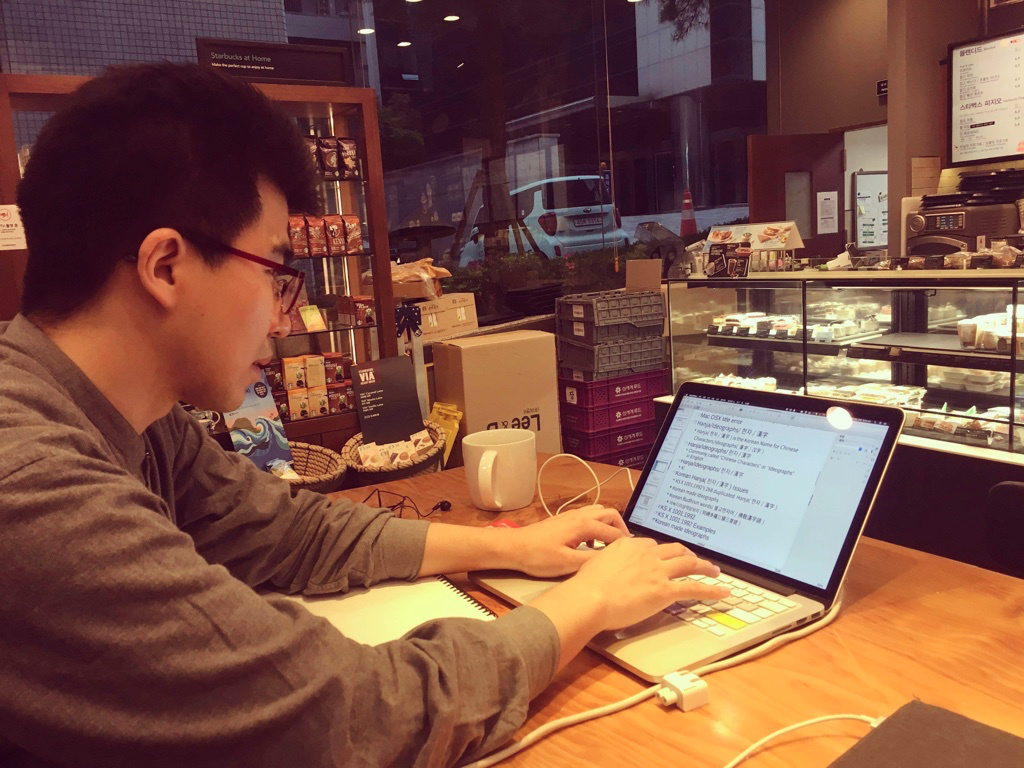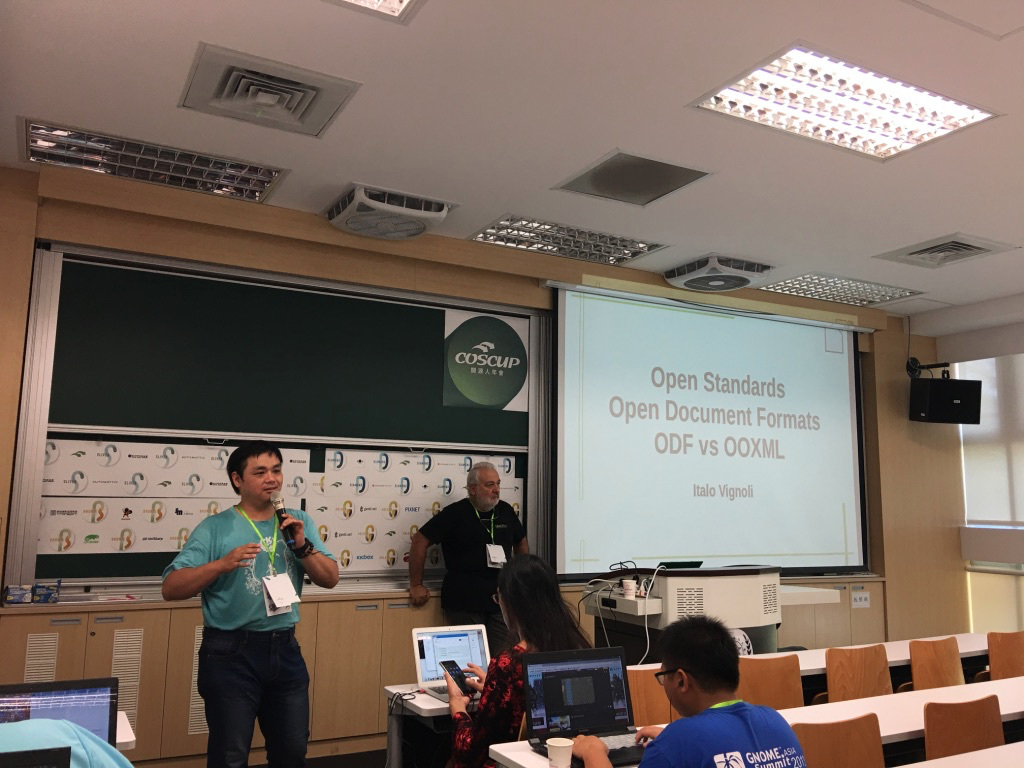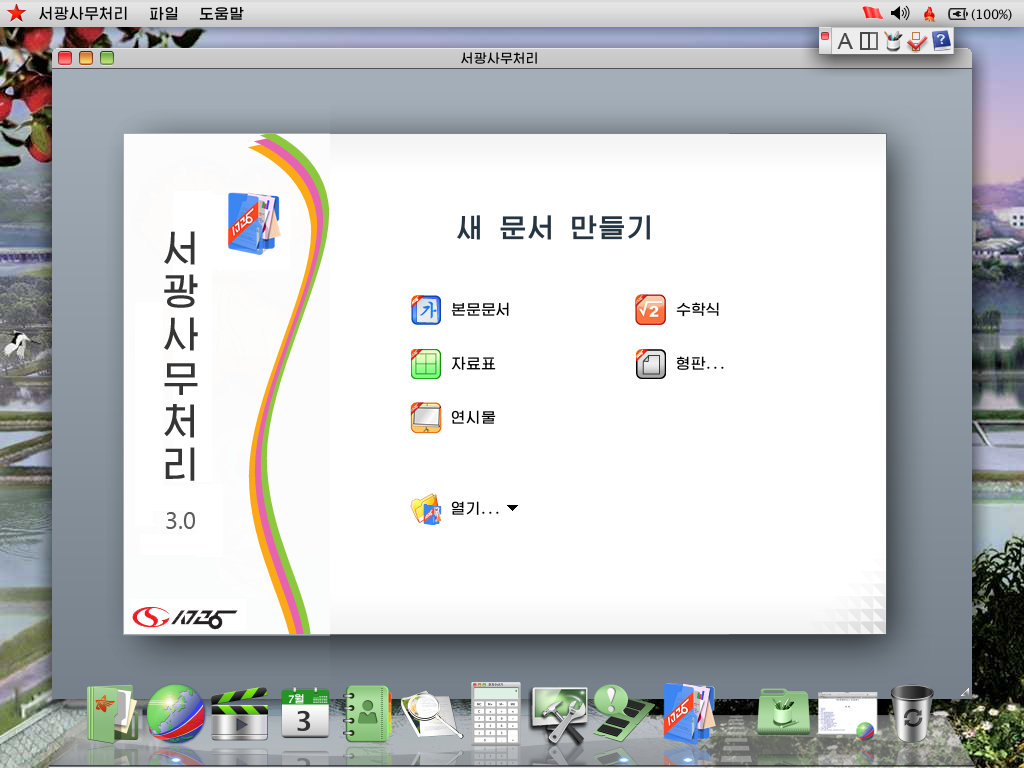Community Member Monday: DaeHyun Sung
Today we’re talking to DaeHyen Sung from our Korean community, about opportunities and challenges for advocating LibreOffice and free software on the Korean peninsular…

To start with, tell us a bit about yourself!
So, my surname is Sung, first name is DaeHyun (Korean Hangul notation: 성대현, Korean Hanja notation: 成大鉉). I’m from the Korean peninsular’s south-east area, Gyeongsang Province (경상도/慶尙道) region, Korea. Now, I live in the south-east side of Seoul (서울).
I’m Korean. My mother tongue is Gyeongsang dialect of Korean. But I can speaks Both Standard Korean [표준말 or 표준한국어/標準韓國語] and Gyeongsang dialect of Korean [경상도사투리 or 경상방언/慶尙方言].
My Twitter ID is @studioego, and I’m also on Github: https://github.com/studioego
I contribute to improvements to Korean language support in free/libre open source software (FLOSS), mostly in my spare time. Also, I’m learning East Asian Languages (such as Mandarin Chinese, and Japanese).
This is because, three languages (Chinese, Japanese, Korean) use Chinese characters 漢字 (also called “ideographs”) and share a similar culture. I am curious as I study the commonalities and differences in the East Asian languages. I also like to visit some historic sites and take pictures in Korea.
What are you working on in LibreOffice at the moment?
My LibreOffice activities are about improving Korean features, bug reporting (Quality Assurance), translating into Korean, and some other things. Two years ago, I found a bug in LibreOffice’s Korean Hangul/Hanja dictionary. Some Korean Hangul/Hanja dictionary contents are broken on LibreOffice – so I fixed and added content. In addition, I updated the Hangul/Hanja conversion dictionary on LibreOffice.
In Korea, many people have rarely used LibreOffice – so I found many bugs and missing feaatures. So my overall goal is fix and improve Korean languages in LibreOffice.
Is there anything else you’d like to work on in the future?
Along with improving Korean support in LibreOffice, I’d like to do it with other FLOSS projects.
The Korean language (Hangul[한글]: 한국말/한국어 (these words are used in South Korea 🇰🇷), 조선말/조선어 (these words are used in North Korea 🇰🇵), 우리말 (this word is used neutrally in both Koreans and bt Korean expats, it literally means “our language”); Hanja[한자/漢字]: 韓國말/朝鮮말/韓國語/朝鮮語) is an East Asian language spoken by about 80 million people.
It is the official and national language of both Koreas: the Democratic People’s Republic of Korea (North Korea) and the Republic of Korea (South Korea), with different standardized official forms used in each territory. It is also one of the two official languages in the Yanbian Korean Autonomous Prefecture (연변 조선족 자치주/延邊朝鮮族自治州/延边朝鲜族自治州) and Changbai Korean Autonomous County (장백 조선족 자치현/長白朝鮮族自治縣/长白朝鲜族自治县) of the People’s Republic of China [中華人民共和國, Mainland China]. It is also used in Japan, Uzbekistan, Russia [it reads “Корё мар” in Russian], Kazakhstan, Kyrgyzstan, etc.
Also, the Korean language uses Chinese characters (漢字). It means “Sino-Korean vocabulary” or “한자어(漢字語/Hanja-eo)” in Korean. It is similar to Japanese Kanji [漢字かんじ]. So when you’re working on FLOSS, you have to consider both Chinese and Japanese as well as Korean and vice versa.
In future, If I have time, I want to do more research about the differences in Korean languages in South Korea 🇰🇷 and North Korea 🇰🇵.
How did you get involved with LibreOffice – and what was the experience like?
In 2017, I visited Taiwan’s FLOSS Conference, COSCUP (Conference for Open Source Coders, Users and Promoters) as the Korean FLOSS Contributor.
At that time, I had already contributed Linux character maps applications – both GNOME (gucharmap) and KDE (kcharselect). Then I attended COSCUP at National Taiwan University, in Taipei, Taiwan, and in 2017, I met TDF board members Italo Vignoli and Taiwan’s TDF members, Franklin Weng, Cheng-Chia Tseng and Jeff Huang. I also met a Japanese TDF member, Naruoka Ogasawara. When I watched Italo Vignoli’s presentation, it had a strong impression on me.

Then, Jeff Huang [Po-Yen Huang] invited me to the LibreOffice CJK Telegram group. So I joined the LibreOffice project in 2017. At that time, I installed and used LibreOffice for the first time. (When I was University student, I was used to OpenOffice. However, its compatibility was very low, so I had stop to using it.)
Last year, I met many of TDF members and Asian LibreOffice users in places such as Taiwan, Japan, Indonesian, Mainland China, etc. In February 2018, I met Japanese TDF member, Jun Nogata with KDE board member “Eike Hein”, KDE Korea members in Seoul. At that time, really I felt Jun Nogata’s passions for FLOSS.
Then, In August 2018, I heard and watched KDE Akademy 2018’s keynote. The keynote’s main topics were North Korea, FOSS in Both Koreas (North and South). In his keynote slide, he talked about Korean Expat challenges in Korea for using FOSS (for example, Korean input, fonts, banking, online transactions [maybe, Microsoft ActiveX technology is popular in Korea], and HWP [Hangul Word processor] files).
I think, In Korea, Microsoft’s product-friendly computing environment and proprietary software is popular (such as HWP), so many Koreans and expats in Korea think ALL FOSS is difficult to use. (Also, I personally feel that it is difficult to use FLOSS in Korea.)
In the presentation, I saw North Korea’s Linux distribution, Red Star OS (it’s based on KDE). Also, when I installed Red Star OS, I checked the office suite and found that it’s based on OpenOffice. In my opinion, Because of North Korea’s economic senctions, North Korean people mainly use FLOSS. I found the bugs in Red Star’s office suite – so I thought, I would have to work hard on the LibreOffice project.

Also, when I attended COSCUP, GNOME.Asia and openSUSE Asia summit 2018 in Taipei, Taiwan, I met other TDF members from Asia (such as LibreOffice Taiwan Team, Japan Team, Indonesia Team, etc). Then I met LibreOffice Indonesia team members at LibreOffice Asia Meetup in A+A Space, Taipei. I was impressed by the enthusiasm of Indonesian open source users and contributors to open source.
Also, In December, 2018, I attended Japanese meetups: OSC 2018 Fukuoka and the 8th Kyushu LibreOffice study meetup [第8回九州LibreOffice勉強会]. I met three contributors from Africa who are currently living in Japan. First time, I’m curious about African Open Source Contributors. Also I felt even more passion for FLOSS.
Finally, what do you see in the future for LibreOffice? What does it need most?
If LibreOffice does not have feature enhancements for Korean users, I think that using the ODF format and document liberation movements in Korea will be impossible. Also the future for LibreOffice is not good regarding the Korean language. In Korea, the HWP format is still widely used HWP – and the share of Microsoft doc formats is still low. HWP format is the de facto standard official document format for the public sector and schools in Korea.
OpenOffice and LibreOffice can only open HWP files only if they were created with Hangul ’97 – newer versions of HWP files cannot be opened with these applications.
Recently, the government of the Republic of Korea Government announced that they will “use ODF insteadd of the HWP format”. But it’s only a slogan – and they only use draft documents officially on web-based document management systems. When I read the article, ”Taiwanese government standardises on true ODF document format”, I really admired the Taiwanese FLOSS activists and contributors.
Thanks DaeHyun Sung! And to everyone reading this: you can also give our community a hand and help to spread the word about free software and open standards. See our “What Can I Do For LibreOffice” site to get started!
